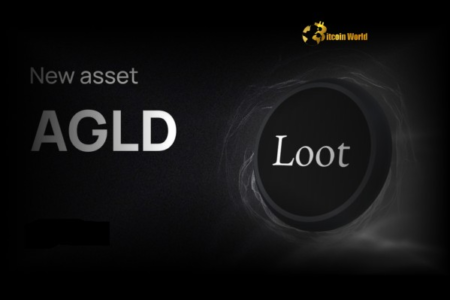The size of the Federal Reserve’s balance sheet ticked up just barely this week, keeping monetary conditions from tightening further by maintaining a steady money supply.
The central bank’s adjusted assets totaled $7.74 trillion in the week ending Dec. 13, the Fed announced Thursday afternoon, roughly matching the level set last week and marking a 9.83% drop from year-ago levels. The bank publishes its total assets each week, generally on Thursday afternoons.
The Fed has been working to shrink its balance sheet through its quantitative tightening effort, which works to further restrict monetary policy by allowing securities to roll off rather than get reinvested. The bank began this round of QT, as it’s known, in June 2022, and it has been running in parallel with the bank’s rate-hike cycle.
The size of the balance sheet has declined substantially from the nearly $9 trillion level where it stood last spring, though it remains well above the roughly $4 trillion mark where it was before the Covid-19 pandemic hit and the Fed began buying up securities in order to cushion the blow to the economy.
Some economists expect the central bank to slow its pace of QT, or to stop the process entirely, early next year as officials get closer to cutting interest rates. The thinking is that if the Fed is looking to loosen policy through rate cuts, it would not want to be simultaneously tightening policy through QT. Bank officials signaled on Wednesday that rates have likely reached their peak and that as many as three rate cuts could be in the cards next year as the Fed looks to ease policy and avoid a recession.
But Fed Chairman Jerome Powell also said Wednesday that altering the pace of QT wasn’t currently under discussion. Balance-sheet tightening and the rate-hike cycle are “on independent tracks,” Powell told reporters—suggesting that QT could continue even as the rate target is being lowered.
Whether that ultimately happens will depend on whether the Fed is cutting rates in order to bring them back into normal territory, or whether it is cutting rates because the economy is weakening, Powell said.
“So you can imagine, you’d have to know what the reason is to know whether it would be appropriate to do those two things at the same time,” he said.
Write to Megan Cassella at megan.cassella@dowjones.com
Read the full article here










